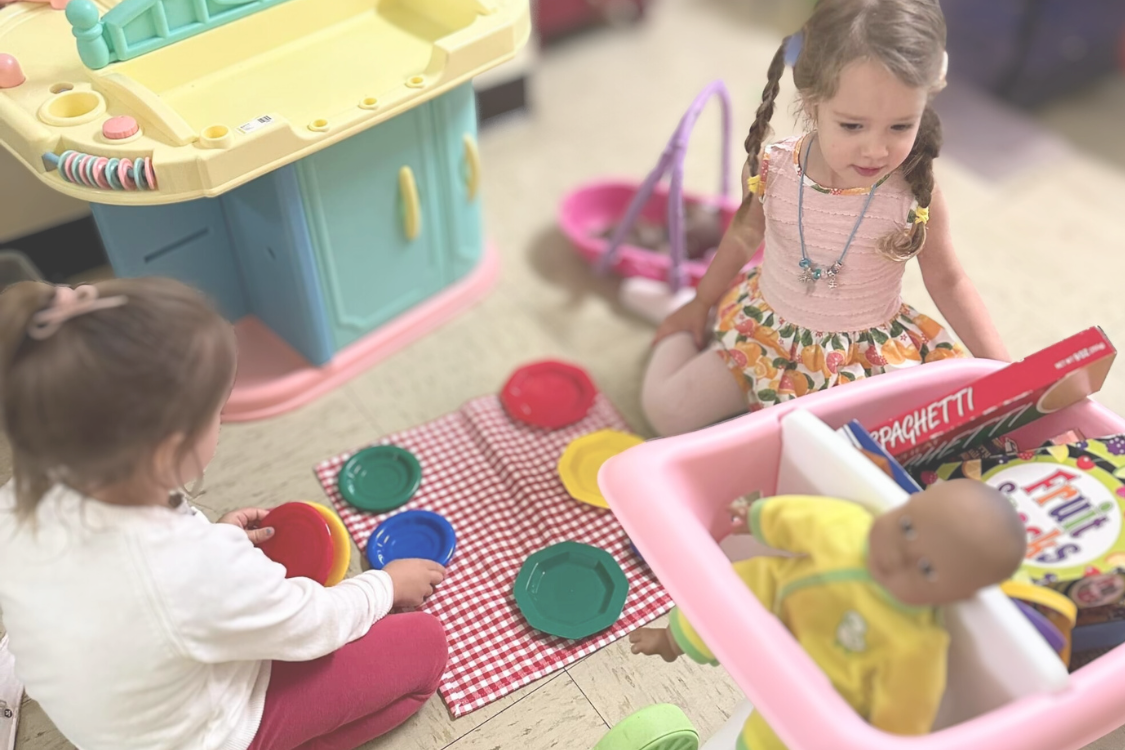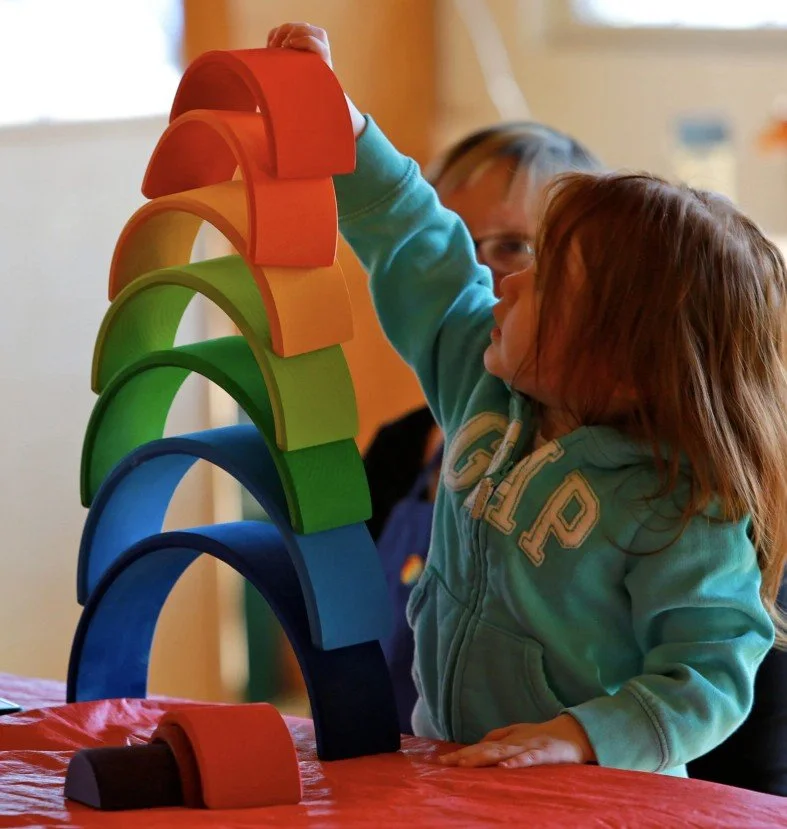
Why Play Matters
A Lifelong Commitment to Play
Play is not optional—it’s the engine of early learning, well-being, and connection. When real, open-ended, child-led play gets squeezed out by schedules, screens, and early academics, development suffers.
Why play, and why now
Play is how children explore ideas, practice skills, build relationships, and make sense of the world. It fuels healthy development, creativity, resilience, and confidence. When genuine opportunities for play shrink—at home, in neighborhoods, and in schools—kids lose ground and stress rises.
When play is missing, we see:
Drops in social-emotional skills, language, literacy, math, problem-solving, and creativity
Increases in anxiety and depression and youth suicides
What’s squeezing out play
Push-down academics into preschool and kindergarten
Reduced or eliminated recess
Over-use of technology crowding out child-led exploration
Too little time and too few safe opportunities for open-ended play
What play builds (the positives you want)
Thinking & language: problem-solving, early math, vocabulary, literacy
Social & emotional skills: cooperation, self-regulation, empathy, resilience
Creativity & confidence: imagination, curiosity, “I can do it” mindset
Belonging & connection: shared joy with family, peers, and community
Play is how children grow.
Many experts describe play as a basic human drive that supports health, learning, and optimism, and as a practical way children process experience and build lasting relationships.
Four Practical Ways to Strengthen Play
1) Protect time for pure play
Turn off TV and put devices away
Create larger blocks of time and more frequent windows
Let kids sink into deep, self-directed play without interruptions
2) Play with others
Make space for playful time with siblings, family, and friends
Join in at times: listen, follow their lead, then take a turn leading
Share in discoveries so everyone feels safe to express themselves
3) Set the stage with an encouraging environment
Offer a safe, supportive space that invites pretend, messy, creative, and active play
Keep limits simple for safety; affirm each child’s uniqueness
Provide options for solo and group play
4) Provide a wide variety of open-ended materials
Choose props and tools that invite interaction and collaboration
Emphasize the process of creating over a product
Offer repeated experiences to deepen learning
Include materials that support all areas of development:
sensory-perceptual, physical, social-emotional, cognitive, creative
When Play is Going Well, You’ll See:
Experimentation • Discovery • Creativity • Make-believe • Decision-making • Free Expression • Spontaneity and Joy • Voluntary Engagement • The “I did it” Feeling • Exploration • Growing Competence and Confidence
How Cape Cod Toy Library Helps
Borrow high-quality, open-ended toys.
Our Toy Lending Library gives families and educators rotating access to materials that spark curiosity and growth—without clutter or high cost. Borrow. Play. Return. Repeat.
Visit our Community Play Space.
See child-led play in action in an environment designed to invite curiosity, creativity, discovery - and learning.
Bottom line: Play builds capable, confident kids—and stronger families and communities. Give it time, space, and simple tools, and children will do the rest.


